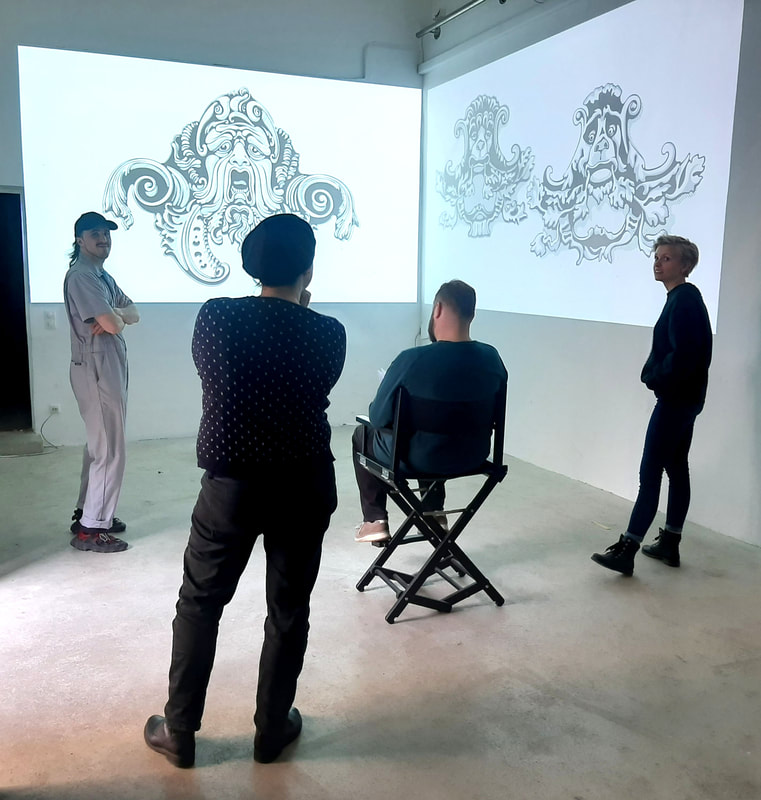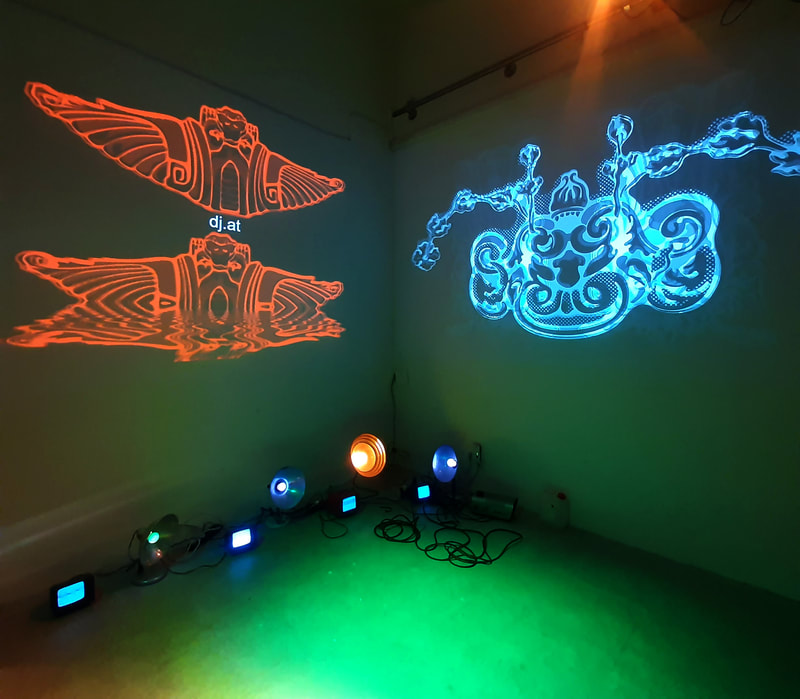Guardians of Budapest and Vienna
Mascarons are the elements of the architectural grotesque, that is, non-functional ornamentation of building façades. Usually, mascarons appear as a relief of a mythical creature’s head or that of an ancient hero (e.g. Heracles and Valkyries) placed above the entrance door, as well as on top or at the sides of the windows. Despite being considered non-functional, mascarons have a specific symbolic meaning: they are the guardians of people living in the building, the loyal friends of the inhabitants, and enemies of evil spirits that want to enter the house.
The origins of mascarons can be traced back to the Ancient Greek practice of depicting Medusa Gorgo’s head on walls, which served as a means of performing the apotropaic magic, i.e. employing the lesser evil to scare away the greater evil. This function was also carried out by Neidkopf, the mascaron originating in medieval Germanic kingdoms: its envious or hateful expression was believed to deter evil spirits from envying the inhabitants. Finally, the origins of macarons are also associated with the ancient Celtic practice of hanging human skulls on the gates to settlements to warn the enemy tribes. Regardless of whom mascarons should scare away—the spirits or humans—they are domesticated demons, befriended evils spirits, friendly ancient heroes, and, later in history, little angels and beautiful maidens employed to protect the well-being of those inside the house.
But shielding the inhabitants comes together with guarding their secrets. How many stories can a century-old mascaron tell? They are the witnesses of the generations’ lives and passing historical epochs.
But shielding the inhabitants comes together with guarding their secrets. How many stories can a century-old mascaron tell? They are the witnesses of the generations’ lives and passing historical epochs.
“Guardians of Budapest and Vienna” is a piece of artistic research exploring the multitude of unique macaron designs from two historically connected cities—Budapest and Vienna. These mascarons represent two different ways of creating the national identity narratives through architecture during the times of the Austrian-Hungarian Empire—the Viennese identity situated within the Ancient Roman culture and the identity of Budapest anchored in the Transylvanian folklore. 50 of the most representative mascaron designs became incorporated in an immersive installation aiming at providing the audience with a broad feel for the architectural narratives depicting the two “frenemies” of the former Austrian-Hungarian Empire.
The soundtrack for the project was created by Mexican sound artist and art historian Rodrigo S. Guzman.
The introduction to the project in the form of a short novel was written by Irina Liubeznova.
The project was developed with the support of Damen & Herrenstraße DH5 Cultural Association, Linz.
The introduction to the project in the form of a short novel was written by Irina Liubeznova.
The project was developed with the support of Damen & Herrenstraße DH5 Cultural Association, Linz.
Exhibition of Guardians of Budapest and Vienna at Next Comic Festival (March 17-25, 2023, Damen & Herrenstraße DH5, Linz, Austria)













